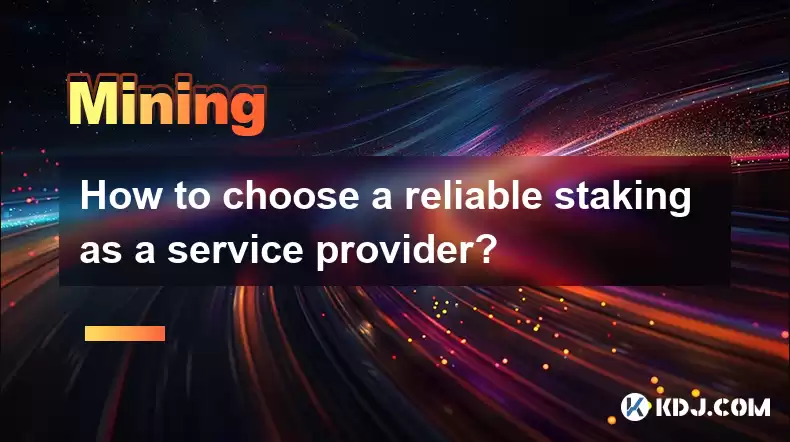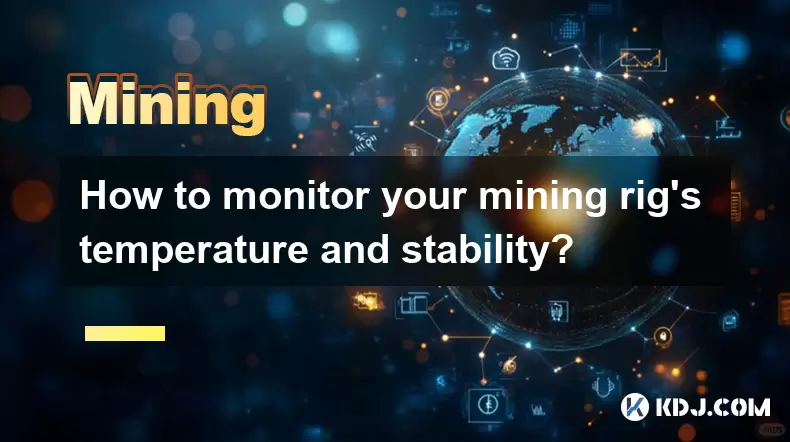-
 Bitcoin
Bitcoin $116400
-0.36% -
 Ethereum
Ethereum $4033
3.40% -
 XRP
XRP $3.302
-1.26% -
 Tether USDt
Tether USDt $1.000
-0.02% -
 BNB
BNB $796.1
1.67% -
 Solana
Solana $177.8
1.89% -
 USDC
USDC $0.9999
0.00% -
 Dogecoin
Dogecoin $0.2314
4.09% -
 TRON
TRON $0.3381
0.14% -
 Cardano
Cardano $0.7989
1.22% -
 Stellar
Stellar $0.4496
-1.84% -
 Chainlink
Chainlink $20.42
9.42% -
 Hyperliquid
Hyperliquid $41.17
0.88% -
 Sui
Sui $3.914
3.77% -
 Bitcoin Cash
Bitcoin Cash $584.7
1.52% -
 Hedera
Hedera $0.2632
-0.54% -
 Avalanche
Avalanche $24.09
3.40% -
 Ethena USDe
Ethena USDe $1.001
-0.02% -
 Litecoin
Litecoin $123.2
1.33% -
 Toncoin
Toncoin $3.318
-0.04% -
 UNUS SED LEO
UNUS SED LEO $8.984
-0.05% -
 Shiba Inu
Shiba Inu $0.00001323
2.85% -
 Uniswap
Uniswap $10.90
4.41% -
 Polkadot
Polkadot $3.999
3.34% -
 Dai
Dai $1.000
0.01% -
 Cronos
Cronos $0.1630
9.64% -
 Bitget Token
Bitget Token $4.484
0.82% -
 Monero
Monero $272.4
2.44% -
 Pepe
Pepe $0.00001173
6.03% -
 Aave
Aave $290.8
2.88%
How to choose a reliable staking as a service provider?
To minimize risks when choosing a staking-as-a-service provider, thoroughly evaluate their security protocols, check their track record and fees, explore additional features, and ensure reliable customer support.
Feb 24, 2025 at 06:00 pm

Key Points
- Evaluate the provider's security measures
- Assess the provider's track record and reputation
- Consider the provider's fees and rewards
- Check the provider's customer support
- Explore additional features and services
Content
1. Evaluate the Provider's Security Measures
Security is paramount when selecting a staking-as-a-service provider. Ensure the provider employs robust security protocols, including:
- Industry-leading encryption standards
- Multi-factor authentication (MFA) for account protection
- Secure storage of private keys and funds
- Regular security audits and penetration testing
- Transparent security policies and procedures
2. Assess the Provider's Track Record and Reputation
A provider's track record and reputation provide valuable insights into its reliability. Consider:
- Years of operation and industry experience
- Positive reviews and testimonials from reputable sources
- Absence of security breaches or controversies
- Compliance with industry regulations and best practices
- Active participation in the cryptocurrency community
3. Consider the Provider's Fees and Rewards
Staking-as-a-service providers typically charge fees for their services. Compare the fees among providers and consider the potential rewards.
- Fees: Examine the fee structure, including any upfront costs, transaction fees, or management fees.
- Rewards: Understand the rewards offered, whether they include a percentage of the staking yield or additional incentives.
4. Check the Provider's Customer Support
Reliable customer support is essential for a seamless staking experience. Look for:
- 24/7 availability through multiple channels (email, phone, live chat)
- Knowledgeable and responsive support staff
- Positive feedback regarding customer service experiences
5. Explore Additional Features and Services
Consider providers that offer additional features and services to enhance your staking experience. These may include:
- Auto-staking: Automatic enrollment and re-staking of rewards
- Custody support: Secure storage and management of staked assets
- Educational resources: Tutorials, guides, and market analysis to empower users
- Mobile applications: Convenient access to staking activities from anywhere
FAQs
1. What should I look for in a staking provider's security measures?
- Two-factor authentication (2FA)
- Secure storage of private keys
- Regular security audits
- Transparent security policies
2. What are the key factors to consider in evaluating a provider's fees?
- Upfront costs
- Transaction fees
- Management fees
- Rewards
3. What advantages do staking-as-a-service providers offer compared to staking directly?
- Ease of entry and management
- No technical expertise required
- Access to professional-grade security measures
- Potential for higher rewards
4. What are the risks associated with staking-as-a-service?
- Counterparty risk: The provider could mismanage funds or engage in unethical practices.
- Smart contract risk: If the smart contracts used by the provider contain vulnerabilities, funds could be lost.
- Regulatory risk: Staking regulations could change, affecting the provider's operations.
5. What steps can I take to mitigate the risks of staking-as-a-service?
- Conduct thorough due diligence on the provider
- Diversify your funds across multiple providers
- Stay informed about regulatory developments
- Understand the smart contract risks associated with specific providers
Disclaimer:info@kdj.com
The information provided is not trading advice. kdj.com does not assume any responsibility for any investments made based on the information provided in this article. Cryptocurrencies are highly volatile and it is highly recommended that you invest with caution after thorough research!
If you believe that the content used on this website infringes your copyright, please contact us immediately (info@kdj.com) and we will delete it promptly.
- Shiba Inu (SHIB) in the Crypto Landscape: Community, Trends, and Future Outlook
- 2025-08-09 20:30:12
- Solana, Unilabs, and Social Trends: Decoding the Crypto Buzz
- 2025-08-09 21:10:12
- Dogecoin, Meme Coins, and Layer Brett: Chasing the Next 100x
- 2025-08-09 20:50:12
- Crypto Presales in 2025: Are They Set to Outperform Launches?
- 2025-08-09 20:55:15
- Solana, Cardano, and Shiba Inu: Navigating the Crypto Landscape Beyond the Hype
- 2025-08-09 21:15:27
- Lasers in Modern Warfare: Iron Beam and the Future of Defense
- 2025-08-09 20:30:12
Related knowledge

What is "proof-of-work" and how does it relate to mining?
Aug 07,2025 at 02:03pm
Understanding the Concept of Proof-of-WorkProof-of-work (PoW) is a consensus mechanism used in blockchain networks to validate transactions and secure...

What are the differences between mining on Windows vs. Linux?
Aug 06,2025 at 11:29pm
Overview of Cryptocurrency Mining PlatformsCryptocurrency mining involves using computational power to solve complex cryptographic puzzles and validat...

How to use an old computer for cryptocurrency mining?
Aug 07,2025 at 12:42pm
Understanding the Feasibility of Using an Old Computer for MiningUsing an old computer for cryptocurrency mining may seem outdated, but it is still te...

Can you mine cryptocurrency using solar power?
Aug 07,2025 at 12:00am
Understanding the Basics of Cryptocurrency MiningCryptocurrency mining involves validating transactions on a blockchain network by solving complex cry...

How to monitor your mining rig's temperature and stability?
Aug 09,2025 at 09:43am
Understanding the Importance of Temperature Monitoring in Mining RigsMaintaining optimal temperature levels in a mining rig is essential for long-term...

How to build a mining rig inside a PC case?
Aug 06,2025 at 11:01pm
Understanding the Basics of a Mining Rig in a PC CaseBuilding a mining rig inside a PC case involves transforming a standard computer chassis into a d...

What is "proof-of-work" and how does it relate to mining?
Aug 07,2025 at 02:03pm
Understanding the Concept of Proof-of-WorkProof-of-work (PoW) is a consensus mechanism used in blockchain networks to validate transactions and secure...

What are the differences between mining on Windows vs. Linux?
Aug 06,2025 at 11:29pm
Overview of Cryptocurrency Mining PlatformsCryptocurrency mining involves using computational power to solve complex cryptographic puzzles and validat...

How to use an old computer for cryptocurrency mining?
Aug 07,2025 at 12:42pm
Understanding the Feasibility of Using an Old Computer for MiningUsing an old computer for cryptocurrency mining may seem outdated, but it is still te...

Can you mine cryptocurrency using solar power?
Aug 07,2025 at 12:00am
Understanding the Basics of Cryptocurrency MiningCryptocurrency mining involves validating transactions on a blockchain network by solving complex cry...

How to monitor your mining rig's temperature and stability?
Aug 09,2025 at 09:43am
Understanding the Importance of Temperature Monitoring in Mining RigsMaintaining optimal temperature levels in a mining rig is essential for long-term...

How to build a mining rig inside a PC case?
Aug 06,2025 at 11:01pm
Understanding the Basics of a Mining Rig in a PC CaseBuilding a mining rig inside a PC case involves transforming a standard computer chassis into a d...
See all articles

























































































